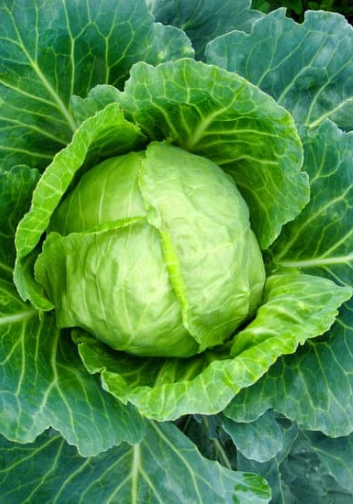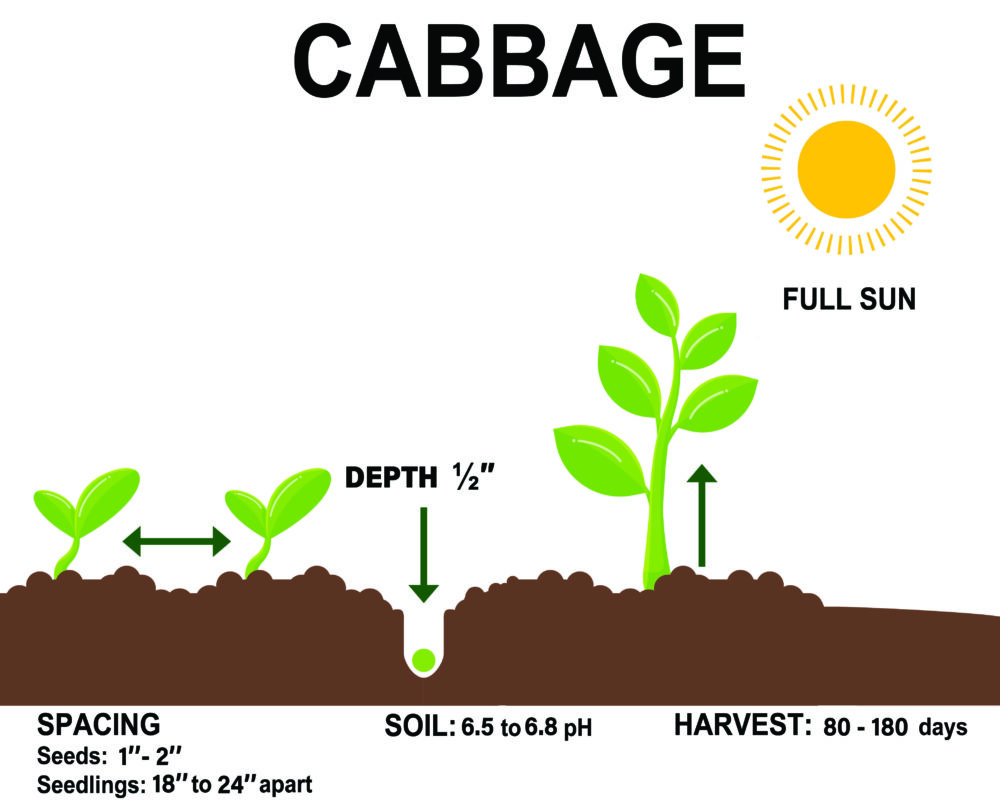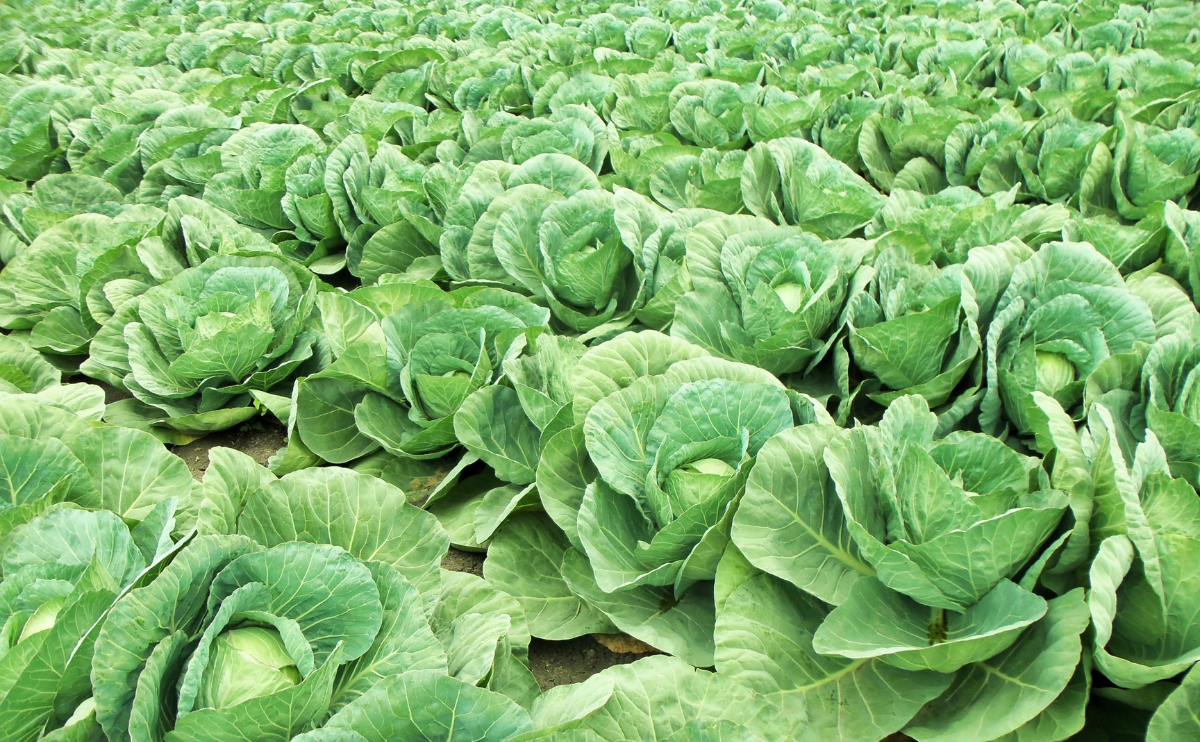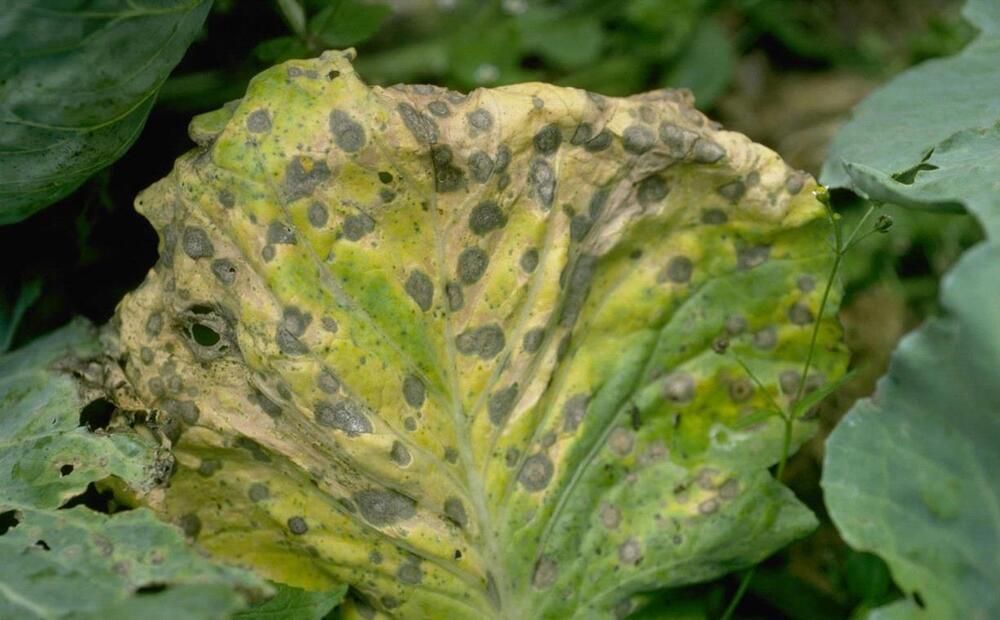Cabbage (Brassica oleracea) is a leafy green vegetable that comes in a densely packed head. Several cabbage cultivars vary in appearance, including ones with curly leaves, purple coloring, and ornamental cabbage varieties bred for their looks and not for food. Cabbage is technically a biennial crop, flowering and going to seed in its second season as it completes its life cycle. Most gardeners grow it as an annual and harvest it within one growing season for peak quality. This cool-season vegetable should be grown either in the spring or fall, and it has a relatively fast growth rate.

| Common Name | Cabbage |
| Botanical Name | Brassica oleracea |
| Family | Brassicaceae |
| Plant Type | Vegetable, biennial, annual |
| Mature Size | 1–2 ft. tall, 1–2 ft. wide |
| Sun Exposure | Full |
| Soil Type | Loamy, well-drained |
| Soil pH | Acidic, neutral |
| Hardiness Zones | 2–11 (USDA) |
| Native Area | Europe |

When to Plant?
This will be determined by your planting zone. There is a final frost date for each area. As a result, you can plan your gardening activities around this date. Check our Frost Dates Across North America: First & Last Frost Dates Chart. However, the date will not be the same for every plant.
How to Plant
Cabbage grows best in regions with long growing seasons at 45°F to 75°F.
Cabbage is a cool-weather crop. It prefers the regions with the long, cool growing season. Cabbage needs time to reach maturity before the weather turns warm.
Plant seeds indoors 4-6 weeks before the last spring frost.
Sow the cabbage seeds from ¼ to 1/2″ deep, 1″ to 2″ apart.
Transplant the cabbage outside when the plants are 4 to 6 weeks old with 4 to 5 real leaves.
The distance between the seedlings should be 18 – 24 inches.
Cabbage should be grown in well-drained soil, rich in organic matter.
Cabbage grows best where soil pH is between 6.5 and 6.8.
For a larger yield, plenty of well-aged compost should be added before planting it in the beds.

How to Cultivate
Water – Cabbage requires even and regular watering. Give cabbage 1 – 1.5 inches of water every week. After the plant is ripe, watering should be reduced to avoid head-splitting. Do not let the soil dry out.
Soil – ideal pH is 6.5 – 6.8. Fertile, well-drained
Spacing – seeds 1″ to 2″
Seedling – 18 to 24 inches apart.
Seed life: 4 years.
Sun: Full sun.
Germination: 4 – 10 days, 45°F to 85°F
Day to Harvest: 80 – 180 days
Frost tolerant: yes
How to Harvest
Cabbages can be harvested any time after the heads form. To harvest, cut each cabbage head at its base with a sharp knife.
For the highest yield, cut the cabbage heads when they are solid but before they crack or split.
Hydroponics
Germination: Start by soaking cabbage seeds in water for 24 hours. After soaking, transfer the seeds to a paper towel to allow them to sprout for about 3 to 5 days. Once the seeds have sprouted, transfer them to a hydroponic growing medium.
pH range: Cabbage grows best in a pH range of 6.0 to 6.5. It is important to monitor the pH level regularly and adjust it as necessary using pH up or down solutions.
EC: The electrical conductivity (EC) level for cabbage is between 1.5 to 2.5 mS/cm. This measures the amount of nutrients in the water, so it is important to regularly monitor and adjust the EC level.
PPM: The recommended parts per million (PPM) for cabbage is between 700 to 1400. This measures the concentration of nutrients in the water, so it is important to regularly monitor and adjust the PPM level.
Humidity: The ideal humidity range for cabbage is between 50 to 70 percent. You can use a hygrometer to measure humidity levels and adjust it by adding or removing water from the hydroponic system.
Light hours: Cabbage requires at least 12 to 14 hours of light per day. You can use grow lights or natural sunlight to provide the necessary light for cabbage to grow.
Temperature air: The ideal temperature for growing cabbage hydroponically is between 65 to 75°F (18 to 24°C) during the day and 60 to 65°F (15 to 18°C) at night. It is important to maintain a consistent temperature to avoid stress on the plants.
Temperature water: The water temperature for growing cabbage hydroponically is between 60 to 70°F (15 to 21°C). It is important to maintain a consistent water temperature as fluctuating temperatures can stress the plants and negatively impact their growth.
With proper care and attention, you should be able to grow healthy and nutritious cabbage plants in your hydroponic system.



